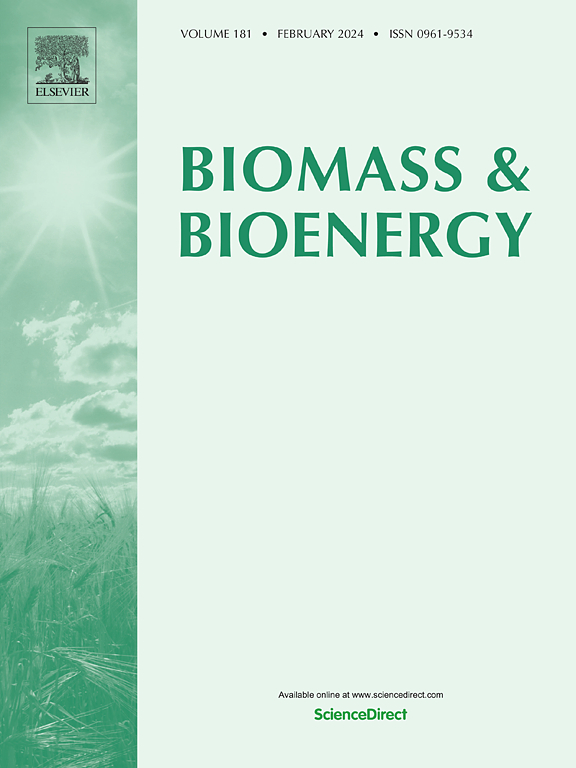Influence of the delamination of zeolitic imidazolate framework ZIF-7-III on the conversion of sucrose into methyl lactate
IF 5.8
2区 生物学
Q1 AGRICULTURAL ENGINEERING
引用次数: 0
Abstract
The catalytic conversion of sugars to methyl lactate has been in the spotlight of the scientific community in the last decades. In this context, delaminated materials can provide better catalytic performances than their precursors, since they have a better accessibility to their active sites. In order to improve the yield to methyl lactate (ML), new delaminated material ZIF-7-III_EX was synthesized from the exfoliation of the dense Zn-based zeolitic imidazolate framework ZIF-7-III. Different techniques, namely XRD, SEM, TEM, thermogravimetric analysis and CO2 adsorption, were carried out to characterize the obtained materials as well as to verify the exfoliation of the precursor. Regarding the catalytic results, as-synthesized ZIF-7 showed a promising yield to ML, 41.2 %, superior to that achieved by ZIF-9 (based on Co instead of Zn). In addition, the delaminated material ZIF-7-III_EX reached a ML yield of 69.1 %, which implies 67.7 % and 97.4 % of improvements with respect to ZIF-7 and to ZIF-7-III, respectively. The reuse of some selected catalyst materials derived from ZIF-7-III was also studied.

求助全文
约1分钟内获得全文
求助全文
来源期刊

Biomass & Bioenergy
工程技术-能源与燃料
CiteScore
11.50
自引率
3.30%
发文量
258
审稿时长
60 days
期刊介绍:
Biomass & Bioenergy is an international journal publishing original research papers and short communications, review articles and case studies on biological resources, chemical and biological processes, and biomass products for new renewable sources of energy and materials.
The scope of the journal extends to the environmental, management and economic aspects of biomass and bioenergy.
Key areas covered by the journal:
• Biomass: sources, energy crop production processes, genetic improvements, composition. Please note that research on these biomass subjects must be linked directly to bioenergy generation.
• Biological Residues: residues/rests from agricultural production, forestry and plantations (palm, sugar etc), processing industries, and municipal sources (MSW). Papers on the use of biomass residues through innovative processes/technological novelty and/or consideration of feedstock/system sustainability (or unsustainability) are welcomed. However waste treatment processes and pollution control or mitigation which are only tangentially related to bioenergy are not in the scope of the journal, as they are more suited to publications in the environmental arena. Papers that describe conventional waste streams (ie well described in existing literature) that do not empirically address ''new'' added value from the process are not suitable for submission to the journal.
• Bioenergy Processes: fermentations, thermochemical conversions, liquid and gaseous fuels, and petrochemical substitutes
• Bioenergy Utilization: direct combustion, gasification, electricity production, chemical processes, and by-product remediation
• Biomass and the Environment: carbon cycle, the net energy efficiency of bioenergy systems, assessment of sustainability, and biodiversity issues.
 求助内容:
求助内容: 应助结果提醒方式:
应助结果提醒方式:


